"Why iPhone Cameras Outshine Androids: The Power of Quality Over Quantity"
 Ayan
Ayan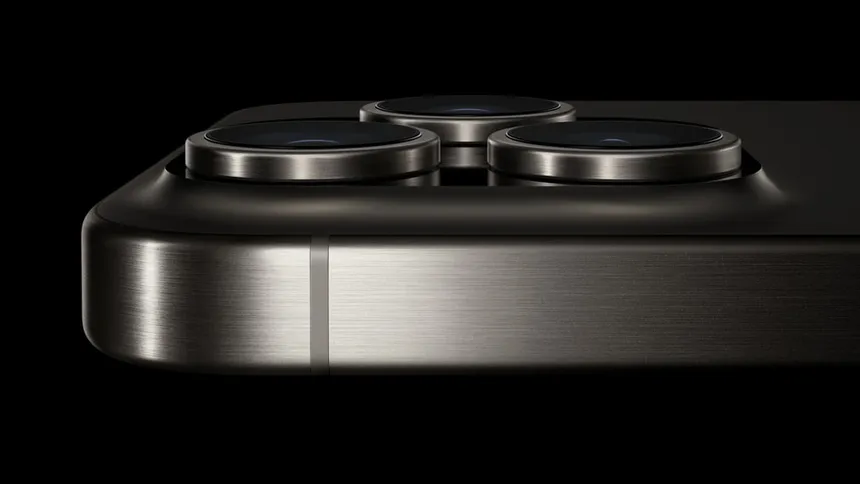
When comparing smartphones, many people focus on the number of megapixels in a camera as the key indicator of quality. At first glance, Android devices often boast cameras with higher megapixel counts than the iPhone. However, in real-world usage, iPhone cameras consistently deliver exceptional image quality that rivals or even surpasses their Android counterparts.
This raises the question: Why is the iPhone camera better despite having fewer megapixels?
Let’s break down the reasons behind this.
1. Megapixels Aren’t Everything
It’s important to understand that megapixels only tell part of the story when it comes to camera quality. Megapixels refer to the resolution, or the number of tiny pixels that make up an image. A higher megapixel count allows for larger prints and more detailed crops, but it doesn't guarantee better overall image quality.
In fact, other factors play a far more significant role in determining how a camera performs, including:
Sensor quality
Image processing software
Lens quality
Color accuracy
Low-light performance
Apple’s iPhone cameras excel in these areas, enabling them to deliver stunning images with fewer megapixels.
2. Superior Image Processing and Software Optimization
One of the standout features of the iPhone camera is its image processing capabilities. Apple uses advanced computational photography to enhance images in real time. The iPhone’s A-series processors are equipped with powerful neural engines that run sophisticated algorithms to analyze and improve every shot.
Key Image Processing Features:
Smart HDR: Apple's Smart HDR captures multiple exposures in rapid succession, then intelligently blends them to create the best possible photo. This helps balance highlights and shadows, producing more natural lighting and vivid details.
Deep Fusion: For mid- to low-light conditions, Deep Fusion takes multiple shots, analyzes every pixel, and merges them to create sharper textures and reduced noise.
Night Mode: In low-light situations, iPhone's Night Mode captures clear and detailed images without the need for a flash. It uses longer exposure times and stabilizes the image to produce brighter, sharper photos in the dark.
These processing techniques give iPhones a competitive edge in photo quality, even when they have fewer megapixels than some Android competitors.
3. Sensor Size and Quality
The sensor size is arguably more important than the number of megapixels. A larger sensor captures more light, which is essential for creating high-quality images, especially in challenging conditions like low light.
While Android devices often emphasize higher megapixel counts, many iPhones feature sensors that are designed to maximize light capture and color accuracy. These sensors work in tandem with Apple's software to produce images that are:
Brighter and clearer in low light
Richer in detail
More accurate in color reproduction
By focusing on sensor quality and light capture rather than just packing more megapixels into the camera, the iPhone produces more balanced and vivid photos.
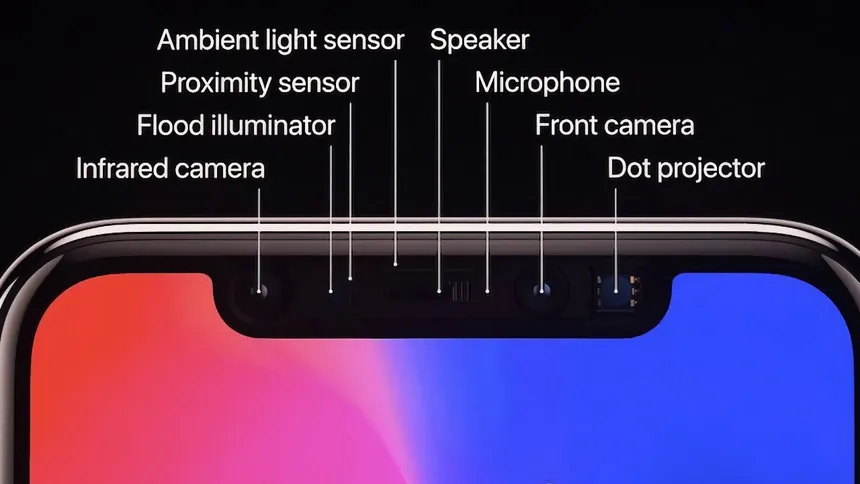
4. Lens Quality
The lens plays a critical role in the camera’s overall performance, and Apple invests heavily in ensuring that the iPhone lenses are high-quality, durable, and optimized for clarity. The iPhone’s lenses often provide:
Better sharpness across the entire frame: Less distortion at the edges and more consistency in image quality across different lighting conditions.
Advanced optical image stabilization (OIS): iPhone cameras feature sophisticated OIS systems that reduce blur in photos and stabilize videos even in motion, improving overall image sharpness.
High megapixel counts mean little if the lens can’t properly focus or capture light accurately. The iPhone’s superior lenses make a significant difference in image quality.
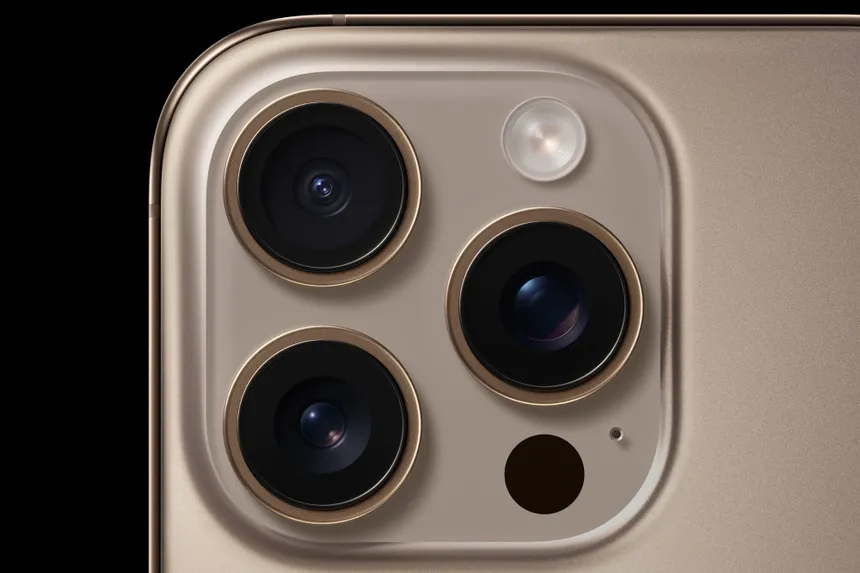
5. Color Accuracy and Natural Tones
Another area where iPhones shine is color accuracy and the ability to capture natural skin tones. Apple's color science is fine-tuned to deliver true-to-life hues, which results in more realistic and flattering photos, particularly for portrait shots.
Many Android phones, especially those with higher megapixel counts, tend to oversaturate or artificially enhance colors, leading to images that might look eye-catching but aren't always true to life. Apple’s approach focuses on realism, maintaining a balance between vibrant colors and natural tones.
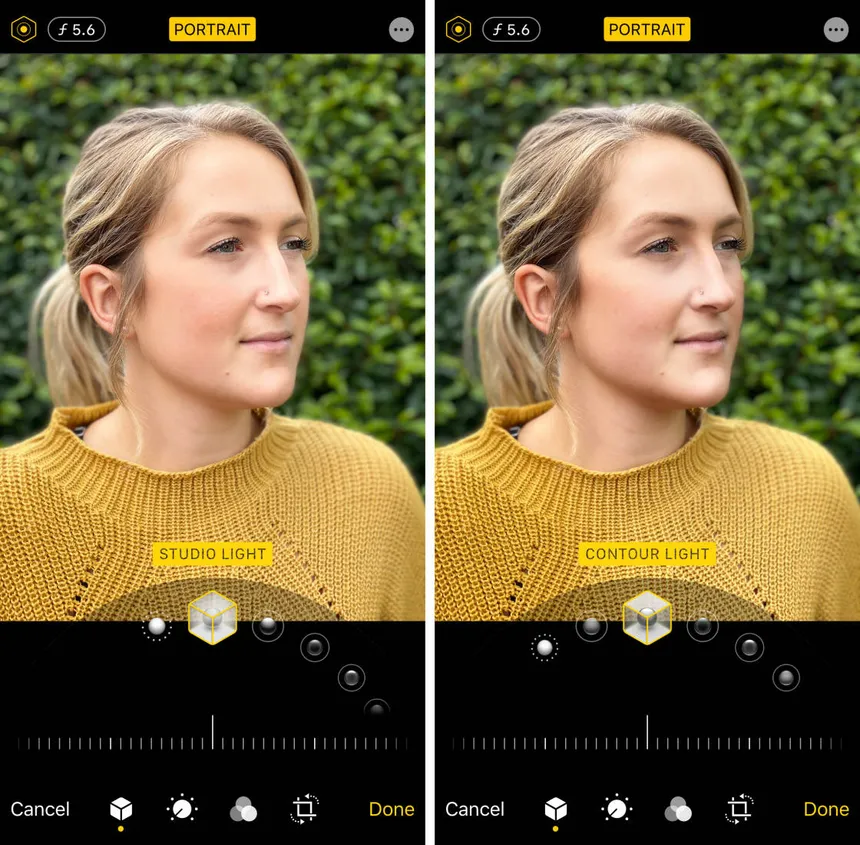
6. Consistency Across Camera Lenses
The iPhone is also praised for its consistent image quality across all camera lenses (main, ultra-wide, telephoto). Whether you're switching between the standard wide lens, the ultra-wide, or the telephoto, the images retain similar color balance, exposure, and detail.
Many Android phones, even with multiple high-megapixel cameras, often struggle to maintain this consistency. As a result, photos taken with different lenses can have varying color tones, brightness, and clarity.
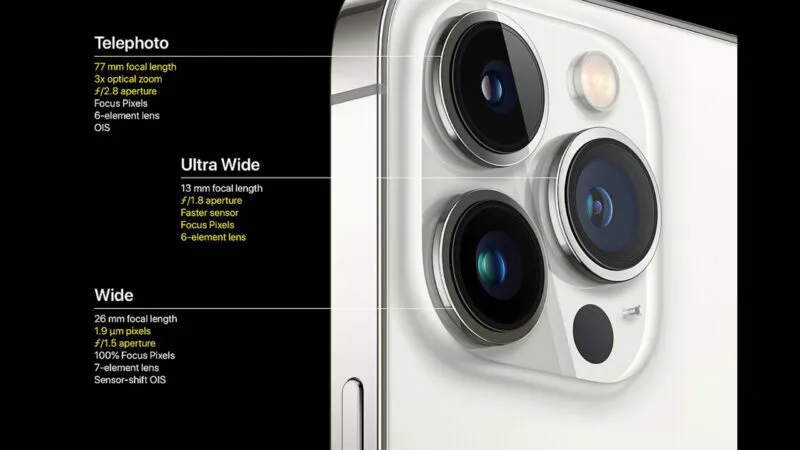
7. Apple’s Ecosystem and User Experience
Apple is known for its tight integration of hardware and software, and this extends to the iPhone camera. The camera experience on an iPhone is designed to be:
User-friendly: The interface is simple and intuitive, making it easy for even novice users to take great photos without needing to adjust settings manually.
Optimized for iOS: Apple’s camera software is perfectly tailored to work with the iPhone's hardware, ensuring seamless performance and faster image processing.
This ecosystem optimization means that iPhones are able to deliver a highly polished camera experience that emphasizes simplicity, reliability, and quality.
8. Video Performance: Leading the Industry
While most discussions focus on photography, it's worth noting that iPhones are also known for their video recording capabilities, which surpass many Android phones. iPhones offer:
4K video recording at 60 frames per second with excellent color accuracy, stabilization, and detail.
Pro-level video editing features: Built directly into the iPhone, users can edit videos in real-time with ease, thanks to Apple’s optimized hardware and software integration.
Even with lower megapixel counts, the iPhone consistently leads the industry in video quality, offering smooth, high-resolution footage with superior stabilization.
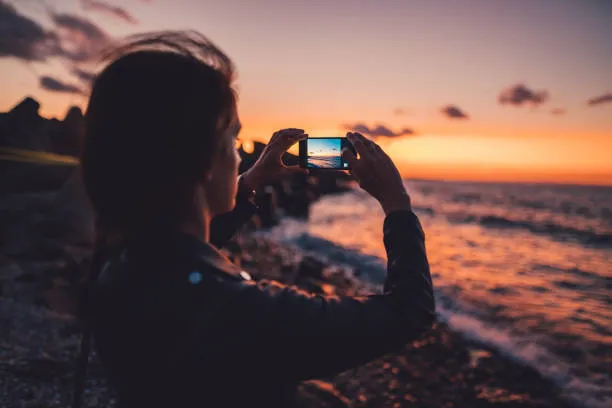
9. The Balance of Megapixels and Practicality
While Android devices may advertise higher megapixel counts, it doesn’t always translate into better photos. A higher megapixel camera can capture more detail in perfect conditions, but it can also introduce challenges like increased noise in low light, slower image processing, and larger file sizes that aren’t practical for everyday use.
Apple’s decision to focus on overall camera performance—through superior sensors, lenses, and software—ensures that users get consistently high-quality images across a wide range of scenarios, from bright daylight to dim indoor environments. By balancing the number of megapixels with practical usability and image quality, Apple has created a camera that delivers excellent results for the average user.
Conclusion
While iPhone cameras may have fewer megapixels compared to many Android devices, their superior performance stems from factors like advanced image processing, better sensor quality, lens optimization, and Apple's integration of hardware and software. The iPhone camera is engineered for real-world photography, focusing on delivering excellent color accuracy, low-light performance, and overall image quality, making it one of the best smartphone cameras available today.
Subscribe to my newsletter
Read articles from Ayan directly inside your inbox. Subscribe to the newsletter, and don't miss out.
Written by

Ayan
Ayan
"I post blogs here in a simple way, so that a 5-year-old can read and understand them."